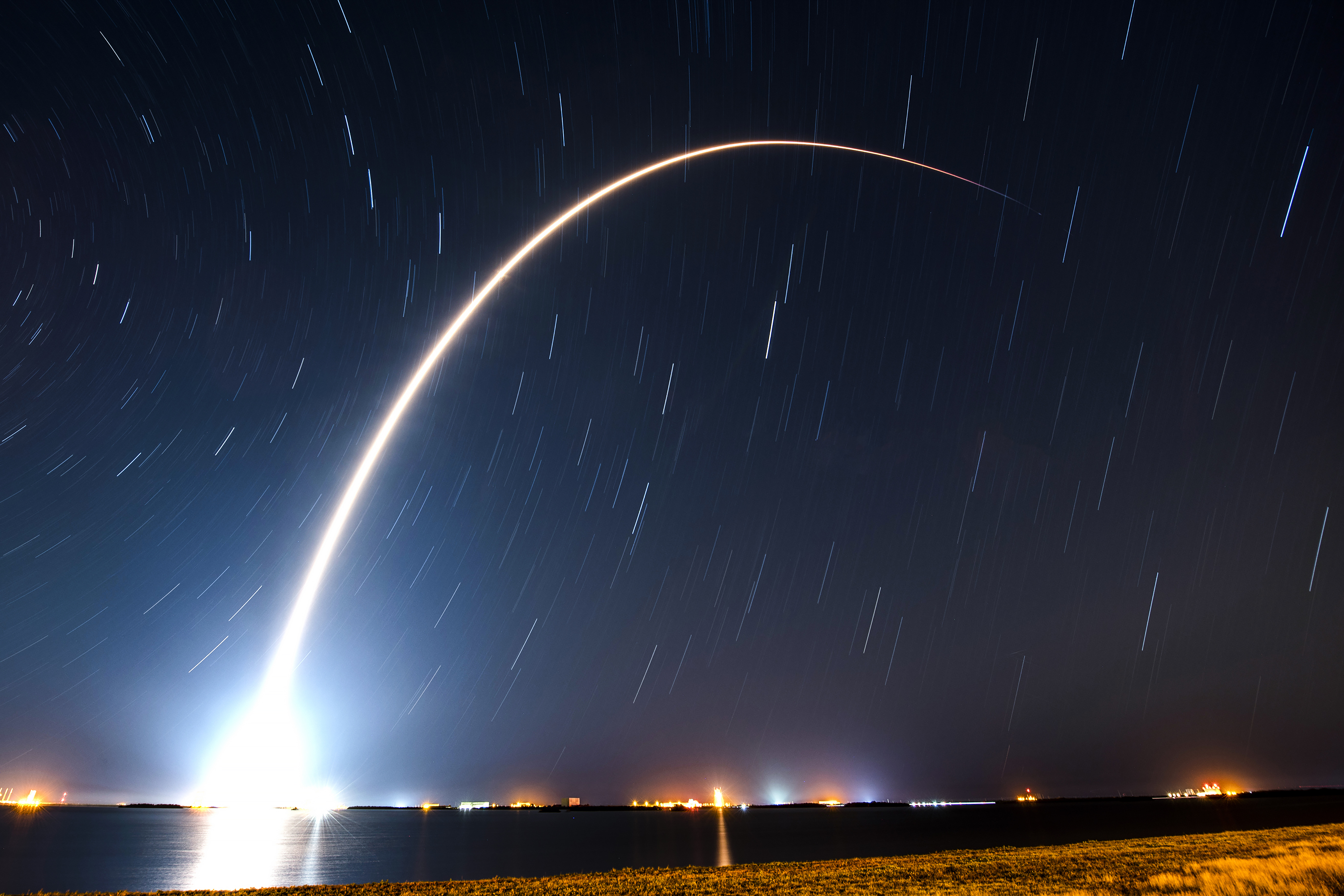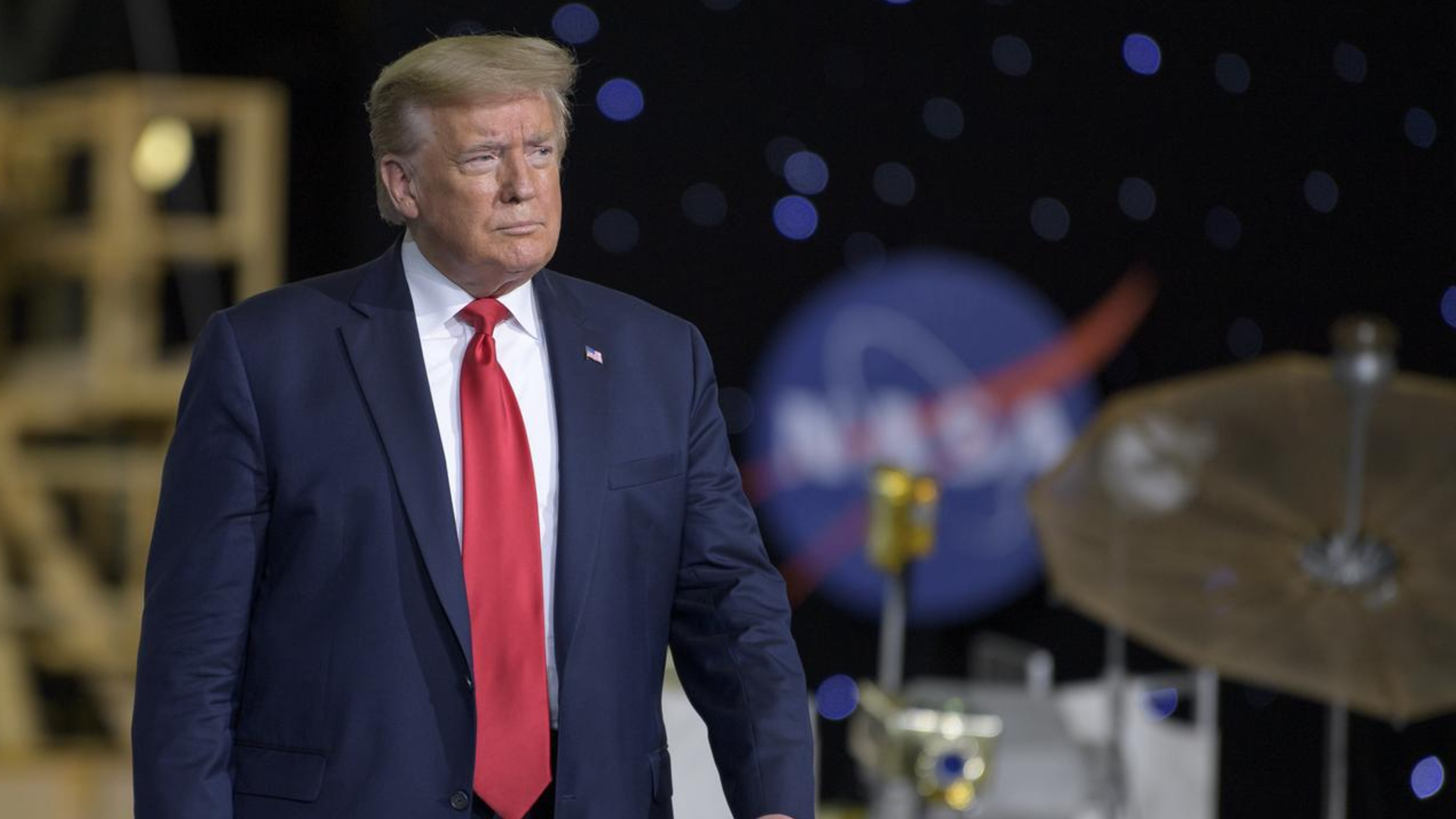Stunning SpaceX rocket launch lights up predawn sky over Florida (photos)
This was SpaceX's 60th Falcon 9 launch for 2022.

When SpaceX launched its 60th Falcon 9 rocket mission of 2022 before sunrise on Wednesday (Dec. 28), you can bet photographers were ready for the sight.
The Falcon 9 rocket produced a vibrant show when it launched 54 new Gen2 Starlink satellites into the predawn sky at 4:34 a.m. EST (0934 GMT) from the Cape Canaveral Space Force Station in Florida. The new Starlink satellites are the first upgraded versions of the SpaceX constellation fleet.
This was the 11th flight for the Falcon 9 first stage that flew on Wednesday. According to SpaceX, the booster has launched several satellites, five previous Starlink missions and has flown two private astronaut crews to space. Check out some amazing photos of the launch by launch photographers and SpaceX itself.
The 60th #SpaceX Falcon launch of the year, this one carrying upgraded #Starlink satellites to orbit, seen over the Indian River Lagoon (and my Starlink dish). pic.twitter.com/90JHs39EQkDecember 28, 2022
Fisheye Streak! #SpaceX Falcon9 B1062.11 streak to orbit 434AM ET Dec28 carrying 54 #Starlink internet satellites on 5-1 mission from CCSFS pad 40.60th SpaceX launch 2022!Soared SE on 1st Starlink Gen2 network flight to 43deg inclination-in this 4min long duration fisheye streak pic.twitter.com/x0uRcK4ojBDecember 28, 2022
Falcon 9 launches 54 Starlink satellites to low-Earth orbit; completes SpaceX’s 60th mission of 2022! pic.twitter.com/MIstToPIyLDecember 28, 2022
On Dec. 1, the U.S. Federal Communications Commission (FCC) approved SpaceX to deploy 7,500 of these Starlink 2.0 satellites in low Earth orbit.
"Our action will allow SpaceX to begin deployment of Gen2 Starlink, which will bring next-generation satellite broadband to Americans nationwide, including those living and working in areas traditionally unserved or underserved by terrestrial systems," FCC officials wrote in the decision order, available here. "Our action also will enable worldwide satellite broadband service, helping to close the digital divide on a global scale."
Many astrononomers have criticized the growing megaconstellation. They've cited concerns that these thousands of spacecraft will interfere with optical and radio observations of the night sky, as well as the increase space debris.
Before Dec. 1, the FCC had already granted SpaceX permission to deploy 12,000 first-generation Starlink satellites.
Breaking space news, the latest updates on rocket launches, skywatching events and more!
Follow Doris Elin Urrutia on Twitter @salazar_elin. Follow us on Twitter @Spacedotcom or on Facebook.

Doris is a science journalist and Space.com contributor. She received a B.A. in Sociology and Communications at Fordham University in New York City. Her first work was published in collaboration with London Mining Network, where her love of science writing was born. Her passion for astronomy started as a kid when she helped her sister build a model solar system in the Bronx. She got her first shot at astronomy writing as a Space.com editorial intern and continues to write about all things cosmic for the website. Doris has also written about microscopic plant life for Scientific American’s website and about whale calls for their print magazine. She has also written about ancient humans for Inverse, with stories ranging from how to recreate Pompeii’s cuisine to how to map the Polynesian expansion through genomics. She currently shares her home with two rabbits. Follow her on twitter at @salazar_elin.
